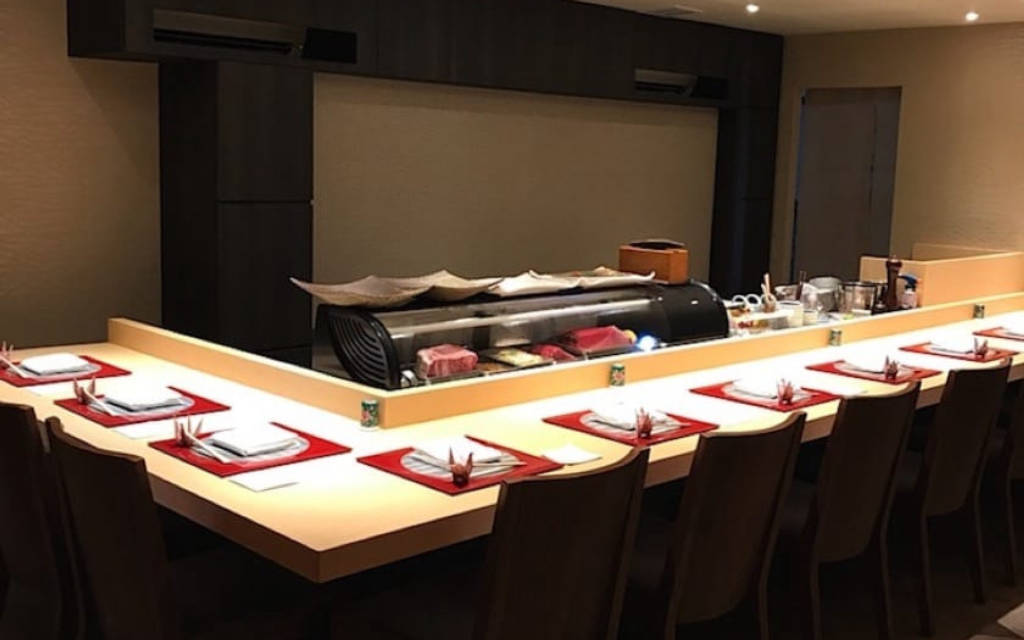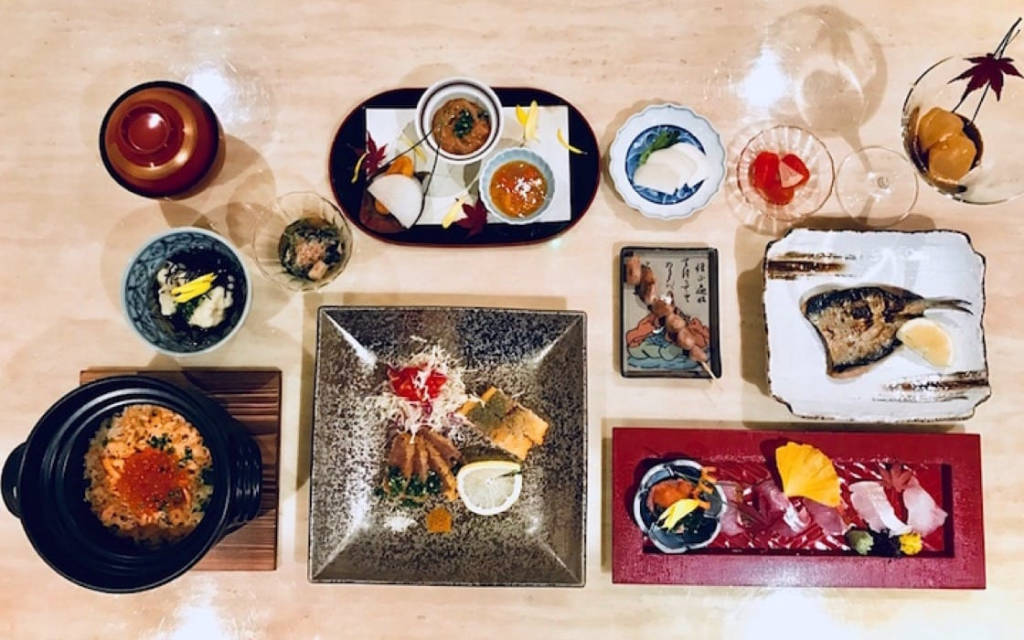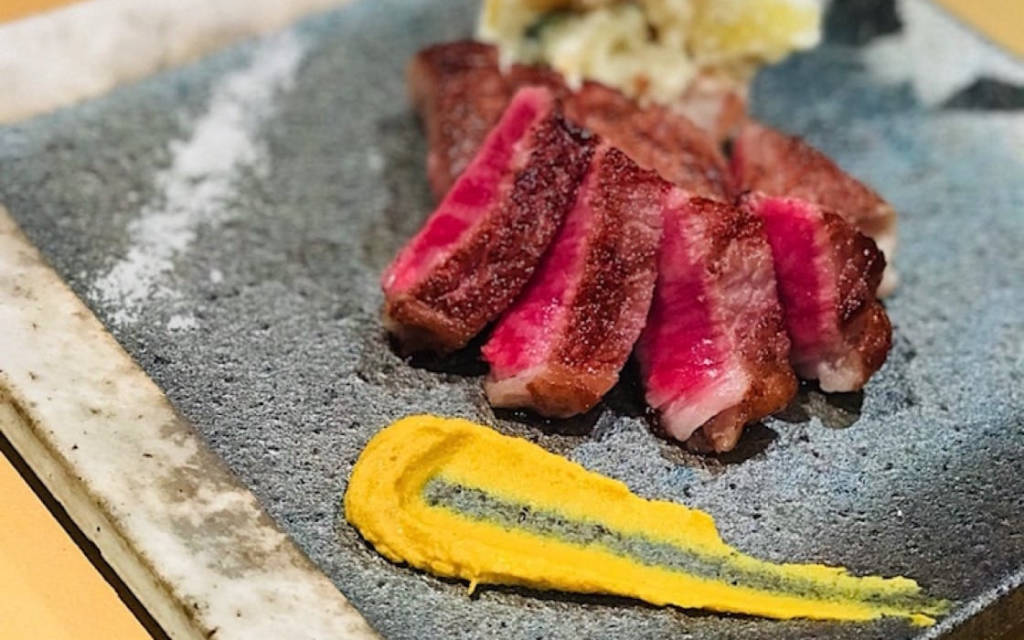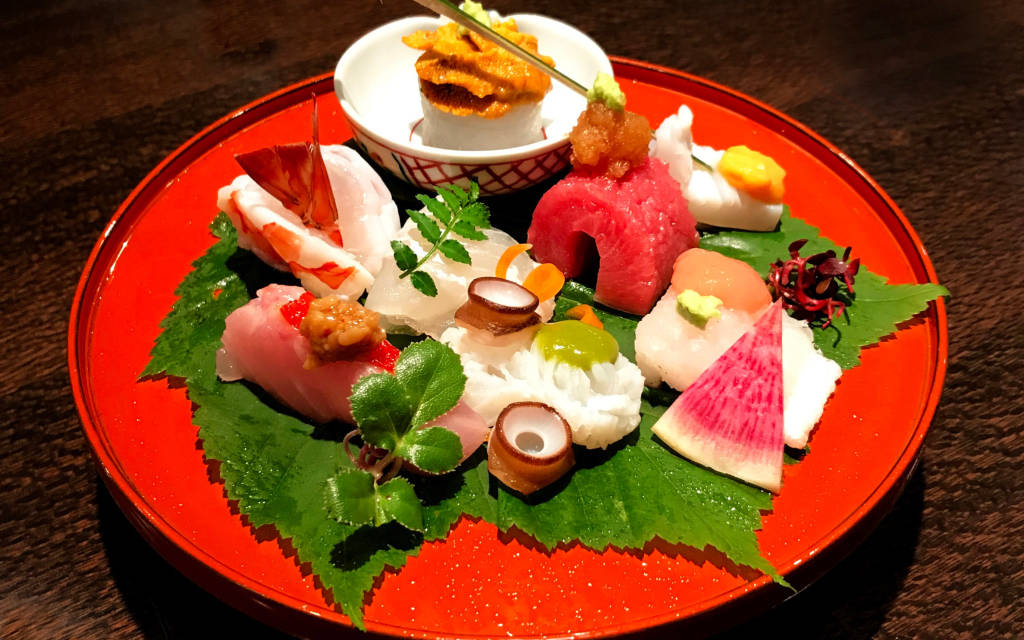Kappo, which became a style of Japanese cuisine in the late 1910s, is believed to have originated in Osaka. It arose when the former flourishing high-end Japanese restaurants began to fade away and people wanted a more casual dining style.
You may be more familiar with the term 'Kaiseki' — a refined Japanese way of eating that offers a seasonal menu of elaborately prepared dishes, served almost like art in one room formal, elaborate dining — or casual Izakaya-style cuisine with small plates served to accompany drinks. Kappo falls somewhere between these two styles. As with Kaiseki, Kappo is a multi-course meal that is entirely up to the chef. Kappo simply means "cut and cook", a word that covers all of the less formal dishes that emphasize the closeness between the diner and the chef who is cutting and cooking the food. Kappo restaurants are usually small. and cozy, frequented by the world and known only through word of mouth. Entering the restaurant, you'll be seated near the bar, where you can immerse yourself in the dining experience, watching the chef prepare fresh, seasonal ingredients and cook them in front of you. The freshest sashimi is sliced and coated before you use the seafood
As with the Kaiseki omakase, Kappo is a multi-course meal that is entirely up to the chef. The chef stood in front of the cutting board, surrounding the counter. Meanwhile, customers enjoy watching the skillful action of the knife as the fish is being prepared, enjoying the scent and sound of the jelly. Before that, the food was prepared before the customer arrived. With kappo cuisine, the order is cooked in front of the customer's eyes, allowing the food to be consumed fresh. While in fine-dining classic restaurants, the kitchen is hidden and the dishes are brought out by the restaurant staff. The Kappo style features an open kitchen, allowing diners to enjoy watching the actual cooking, as well as chatting with the chef. "What's good today?" “There is a fresh and delicious sea bream”. “Then, let's eat sashimi. ” “Yes. And what about my head stew?” In this way, chefs’ ability to gauge what diners want based on conversation and come up with the right dish became a measure of skill. Kappo cuisine became beloved by Osakans as a symbol of a new era, and restaurants of this style evolved accordingly.
 Register
RegisterSign in Travel Agent
Sign in Supplier
Sign in Affiliate
Sign in Guru









 Kyoto - Japan
Kyoto - Japan